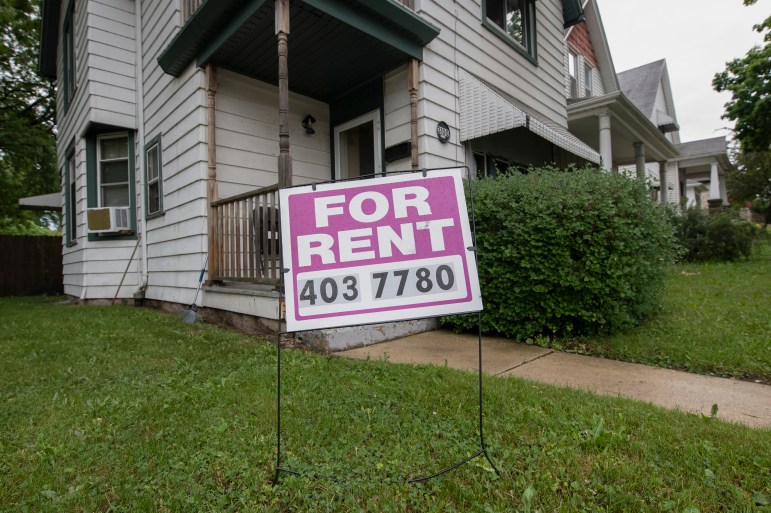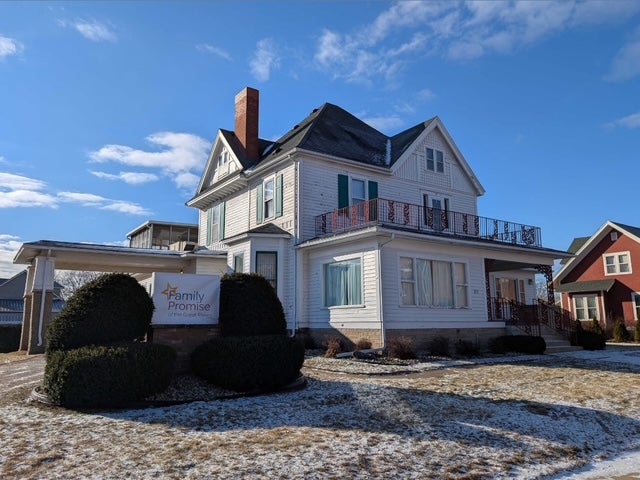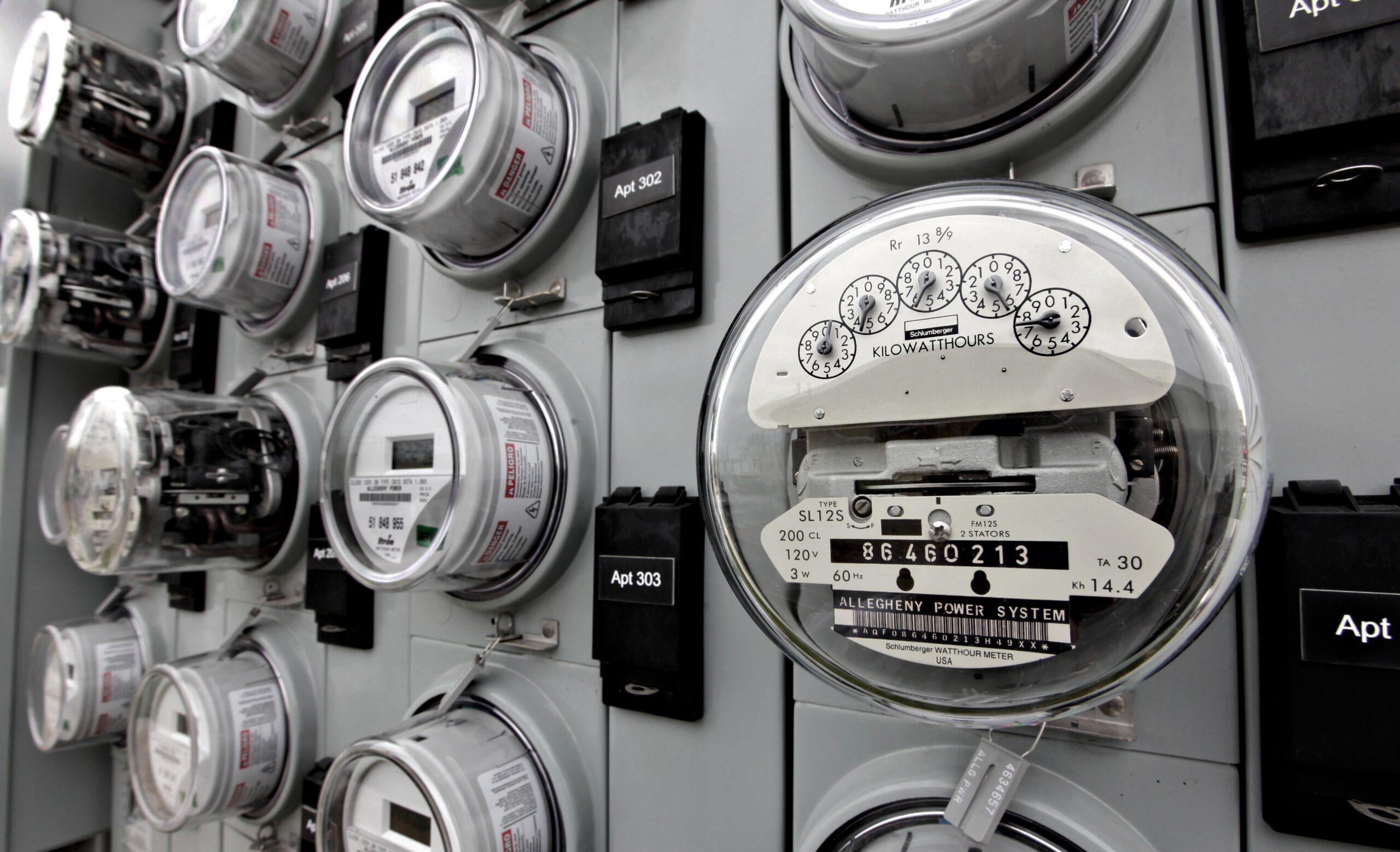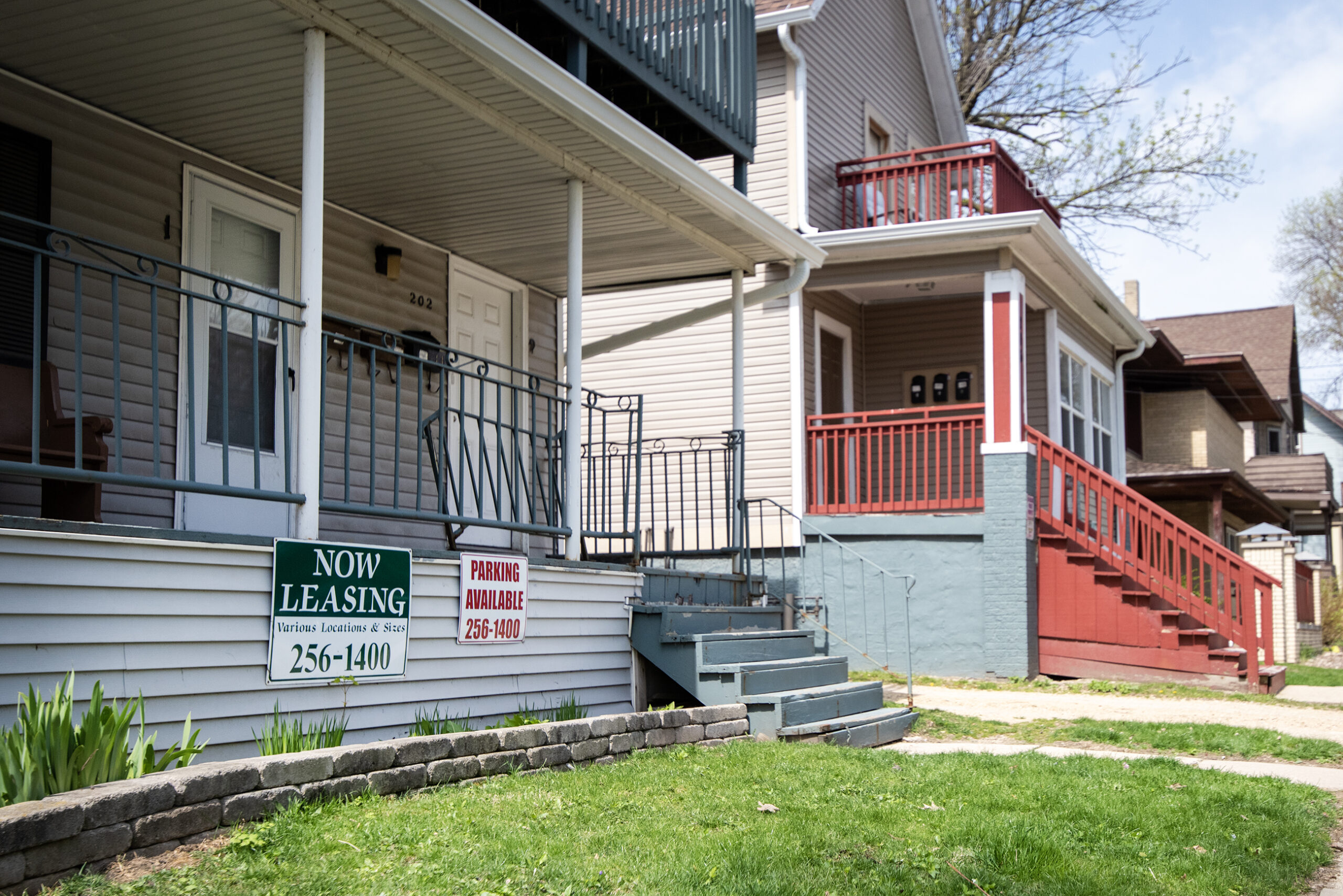Eviction rates in Wisconsin have been declining recently, according to state data, reaching their lowest level last month since May 2020. But those figures are expected to spike as the federal ban on evictions expires at the end of July.
The federal eviction moratorium has been extended several times during the coronavirus pandemic over fears that state and local governments aren’t prepared to handle demand from those who need assistance.
The Wisconsin Department of Administration reported Friday that eviction judgments have declined for the last four months. Eviction judgments and filings are down in the first half of this year compared to the same period last year, according to the Wisconsin Eviction Data Project.
Stay informed on the latest news
Sign up for WPR’s email newsletter.
“While there is still a strong chance we will see a spike in eviction filings in August once the federal ban on evictions ends, the low eviction numbers are a clear testament to the very hard work folks across the state have done to get help to the people who need it most,” said Michael Basford, director of the Wisconsin Interagency Council on Homelessness, in a statement.
Still, some agencies that connect renters to resources expect that work will become overwhelming as the moratorium ends. Eviction filings have increased 31 percent in the last month. State officials expect that trend to continue over the next month or so. Around 11 million adults are behind on rent payments across the nation, according to the Center on Budget and Policy Priorities.
Gov. Tony Evers announced $322 million in funding through the Wisconsin Emergency Rental Assistance Program to help people remain in their homes as part of federal coronavirus relief. The state has awarded around $44 million to a little more than 12,000 households to date, according to Susan Brown, administrator of the DOA’s energy, housing and community resources division.
“Community action agencies, as well as our statewide provider, Energy Services, Inc., are aware of that looming deadline and they are ramping up to accept any type of uptick in demand or applications,” said Brown.
August is typically the busiest month for eviction cases in the college town of Madison, according to Robin Sereno, executive director of the Tenant Resource Center. In a normal year, they usually see around 90 eviction cases each week.
“We anticipate that being a lot higher this year, especially with the end of the moratorium,” said Sereno.
Dane County and the city of Madison are among communities that operate their own emergency rental assistance program separate from the state. Sereno estimated the county and city have directly received $40 million in federal funding. She said they’re spending up to $1.5 million each week in rental assistance and expects that number to rise. Her staff has grown from seven to 31 people in order to meet demand, with plans to hire another six workers.
Many people they work with aren’t aware rental assistance is available as thousands of people who have never needed those resources are now seeking help.
“The largest kind of demographic that we’re seeing would be female-headed Black households, pretty closely followed by Latinx households, which we don’t typically see,” said Sereno. “I think that probably highlights the loss of jobs, service jobs, restaurant workers kind of gig workers that now have been unemployed early in the pandemic and remained unemployed and aren’t eligible for ongoing unemployment benefits or other pieces.”
The higher level of payments provided through supplemental unemployment benefits during the COVID-19 pandemic has made some people ineligible for assistance under income requirements, according to Jennifer Shearer, CEO of Indianhead Community Action Agency. Since March, the agency has referred 110 families to the state’s emergency rental assistance program across its service area, which includes Clark, Rusk, and Sawyer counties.
“We have also been getting calls from homeless people needing our services. We are unable to place people here in Ladysmith because our shelters are full,” wrote Shearer in an email. “People that have been helped previously are reapplying for additional help because they still are not back to work.”
In northwestern Wisconsin, West CAP is processing more applications as people are receiving eviction notices. The community service agency has provided 685 households with roughly $2.9 million in rental assistance across their nine-county service area that includes Dunn, St. Croix, Burnett and Washburn counties.
Many people who are seeking assistance have lost jobs, businesses or have compromised immune systems that place them at greater risk of contracting COVID-19, according to Jill Woodington, the agency’s administrative manager. She said they can handle an uptick in applications, but she’s worried people may not know help is available.
“My biggest fear is that we won’t know who’s in need because we won’t have that referral from the landlords,” she said. “We get quite a few that the landlord will actually call and say, ‘How can I get this paperwork to my tenant?’”
She said landlords have been willing to work with the agency and tenants on rent payments. Members of the Wisconsin Apartment Association have recently begun moving toward mediation to settle disputes to avoid time-consuming court-order evictions.
Anyone at risk of being evicted who makes less than 80 percent of their county’s median income is eligible to receive rental assistance if they’re struggling financially due to the pandemic. Households may receive up to 15 months of assistance to help with current or unpaid rent and utility bills.
Wisconsin Public Radio, © Copyright 2025, Board of Regents of the University of Wisconsin System and Wisconsin Educational Communications Board.







